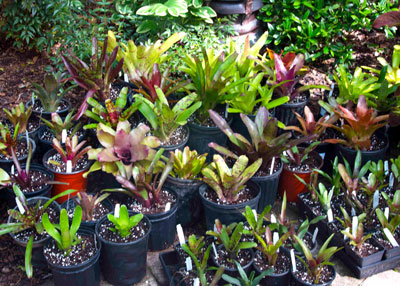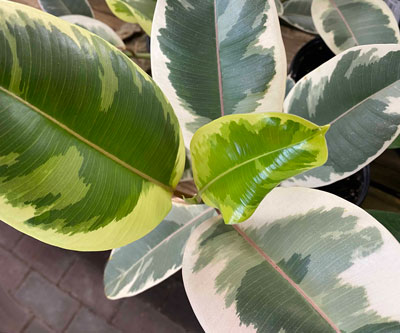Picking the Best Potting Soil
There are many brands of potting soils in the consumer market, or you can mix up your own. But how do you decide? Let me answer that by telling you what I look for in any potting soil I use for my container plants.

• First and foremost, any potting soil I use has to be lightweight. “Heavy” soils tell me that the soil is going to be waterlogged when it’s wet – that oxygen won’t be available for my plants’ roots. Lack of oxygen in the root zones will kill my plants.
It’s rare to find a commercial potting soil that’s light when you lift it. Commercial growers have access to mixes like that, but it’s always surprised me that home gardeners haven’t been offered the same opportunities.
Here is my basic recipe…
I grew up using a 50-50 mix of sphagnum peat moss and horticultural grade perlite. As I’ve said many times, I grew up in College Station. I used to peer in through the Floriculture Department greenhouse fans to see what they were doing, and that “peat-lite” mix was a combination that Texas A&M was using in much of their research at the time.

Gradually I have amended it, partly because of the cost of the peat and partly because of finding other things that I like to include in addition to perlite.
For the past 25-30 years my mixes have been roughly:
• 50 percent sphagnum peat
• 25 percent finely ground pine bark mulch (nickel and dime size)
• 15 percent perlite and
• 10 percent expanded shale.
Expanded shale is a clay-based material that has been fired at high temperatures until it pops into small granules that absorb moisture and nutrients. I use it for those purposes, but also to add weight to my containers to keep them from falling over easily. I’ve even bought bags of very tiny BB-sized gravel at the pet store (with aquarium supplies) to take the place of the shale.
I modify that mix as needed for specific plants. Cacti and succulents get a higher percentage of expanded shale. Ferns, aglaonemas and spathiphyllums get a higher percentage of peat moss.
These plants are “epiphytes,” meaning that they grow in nature suspended in air without any contact with native soils. Basically, they’re existing on accumulations of organic matter such as fallen leaves and bark. We gardeners use sphagnum moss instead, securing it and the plants to wooden plaques with either hot glue or fine wires.

